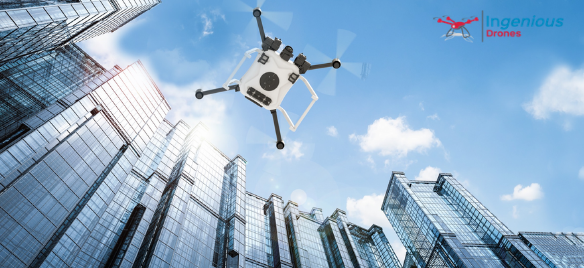Professional roof and building consultants use unmanned aerial vehicles (UAVs) or drones to deliver a variety of services and benefits to their clients.
As drones become more widely developed and deployed, the potential for new services grows as well.
Working with a skilled roof and building consultant who can use drone technology may provide you with the following three major advantages:
Obtain Access to Difficult-to-Reach Areas – There are numerous buildings and structures to which access is difficult. Accessibility may be restricted or unsafe due to barriers or built assets. The use of a drone can assist reduce the costs of accessing these places. They can also keep people safe during the testing process by keeping them away from any dangers.
Aerial photography is cost-effective – Building owners and managers prefer aerial photos of their structures for a variety of reasons. They could utilize these photographs to document the current building’s condition or insurance reasons.
The photographs can be used in the property’s management and design. Building owners and managers can acquire a better understanding of their property by using aerial photos.
Furthermore, the aerial imaging firm is unable to analyze the photographs in order to ascertain the building’s present drainage patterns or other roof system elements. As existing buildings or real estate agents, hiring the best roof expert who uses drone technology can be a faster and more cost-effective alternative.
Aerial Infrared – Thermal scan services were utilized by other property managers and property managers to examine the condition of their roofing systems. To discover trapped moisture within roof assemblies, infrared technology is used.
Infrared cameras can measure the level of infrared radiation radiated from building structures or take photographs of the patterns. The photos can then be evaluated to assist identify possible moisture traps.
Thermal photographs can traditionally be captured using two approaches. The most common strategy has been to put technicians on the roof with handheld infrared cameras to conduct examinations.
Contracting with an aerial infrared thermography business was the second alternative. These firms use piloted planes with an infrared camera placed on the outside to make flyovers in order to obtain these photographs. Using a manned plane is both expensive and time-consuming.


Recent Comments